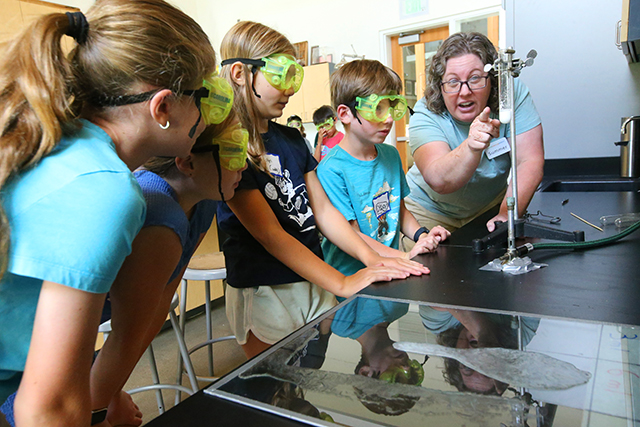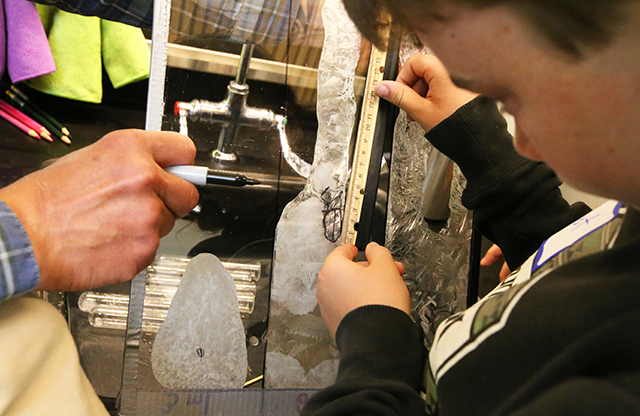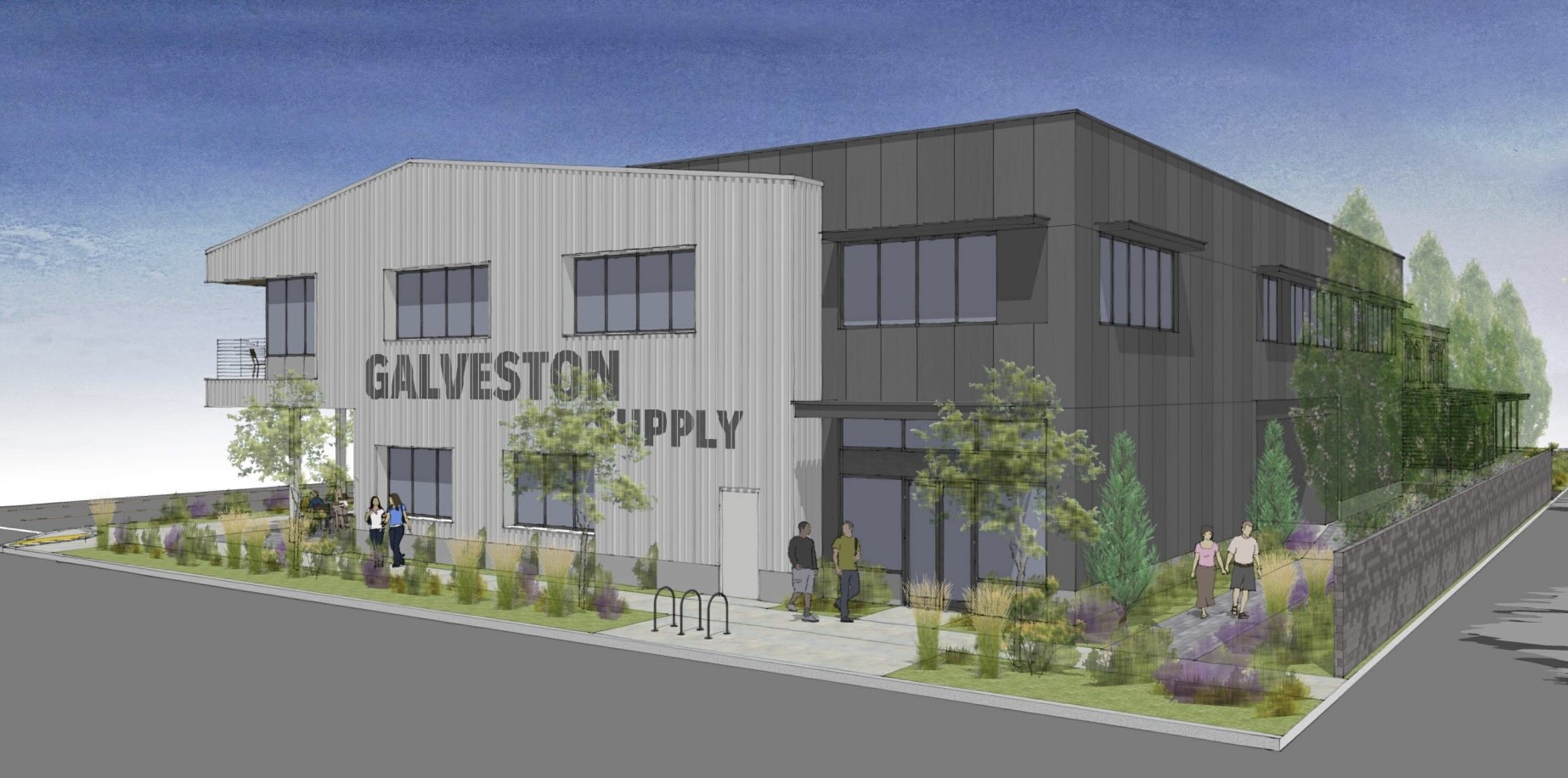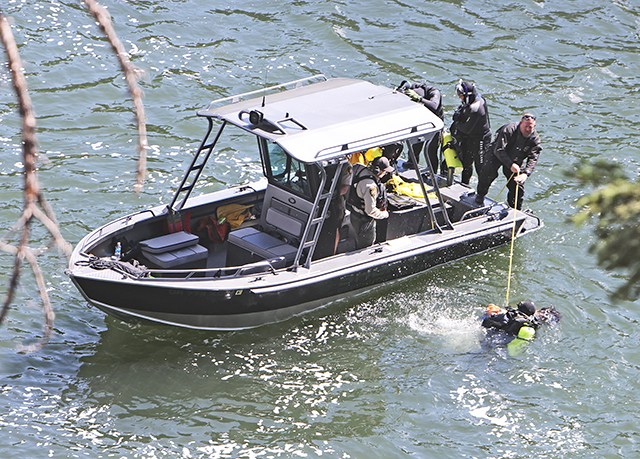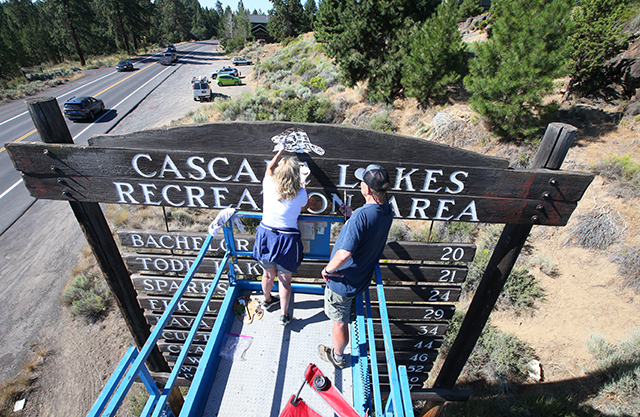Bend Science Station campers study minerals in Central Oregon landscape
Published 10:17 am Thursday, July 24, 2025


Campers at the Bend Science Station dropped pieces of iron oxide into the compound known as water glass and watched as they immediately began to form into a crystal and spread up the test tube, looking like a piece of coral. Everyone crowded around their experiments to watch the crystals grow.
At the Bend Science Station’s four-day summer camp Mighty Mineralogy, students explore minerals, crystals and the geology of the high desert. Due to Central Oregon’s many geographic features, students take several field trips: to the heights of Pilot Butte, Newberry Caldera and Glass Butte. Campers were supposed to go to the Polka Dot Mines to hunt for thundereggs, though plans changed because the area is in the middle of the Cram Fire.
“We live in an incredibly amazing geological place where we don’t have to just see it in a video or look at pictures on the internet, we can go see it ourselves,” said David Bermudez, executive director and instructor at the station. “I hope for (the campers) to get a better understanding of earth, the amazing science that goes into the land that they walk on.”
Trending
The Bend Science Station, located on the Oregon State University-Cascades campus, is an independent center for science, technology, engineering and math education for students and teachers in Central Oregon.
Studying crystals and volcanoes
The experiments allowed campers, who have completed third grade through fifth grade, to be exposed to equipment they might not be allowed to use until middle or high school such as Bunsen burners. Campers used epsom salts and water to form crystals of different sizes, and learned that larger crystals form when a substance takes longer to cool. Bermudez said this leads naturally into volcanoes and understanding how long magma can take to cool down.
The group of 21 students was split in two on the first day, working on the same experiments in different rooms at the station. Summer Concannon taught the smaller group of girls and younger boys, while Bermudez taught the rest of the boys.
Concannon, who began working as an educator at the station after moving from North Carolina three years ago, hopes her own enthusiasm inspires campers.
“I love rocks, and so when you love the content you teach, it just comes so naturally,” she said. “When you do these little hands-on labs, you’re making those amazing connections…It’s pretty awesome, and I thought the kids had fun.”
Concannon said she and Bermudez do their best to make sure science is relatable, either to real world scenarios or what kids are seeing every day. Science can be complicated, she said, and the passion of the educator matters.
Trending
“I hope they foster more of a love and appreciation for the earth we live in,” she said. “The more you understand the natural world, the more you’re going to want to protect the natural world.”
Bermudez’s philosophy is for campers to be safe, have fun and learn something. He said he hopes the camp sparks an interest in science and geology. Some of his own passion for science started when he found fossils as a kid.
“That hooked me, knowing that way back when when sea levels were higher and land levels were lower, ocean covered the majority of the central plains, and it turns out lots of oceanic creatures lived down there,” he said. “Those kinds of stories I think are critical and fascinating.”


